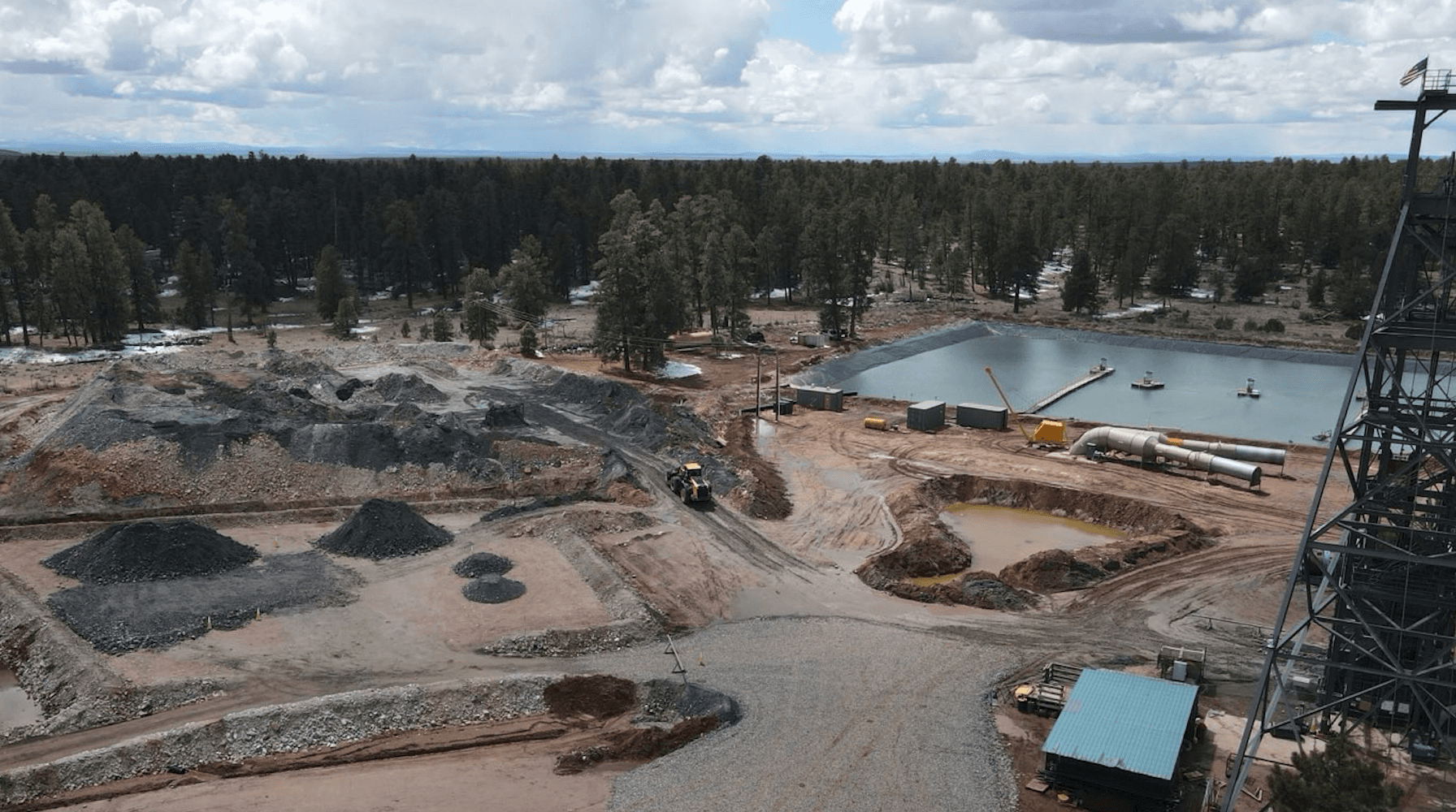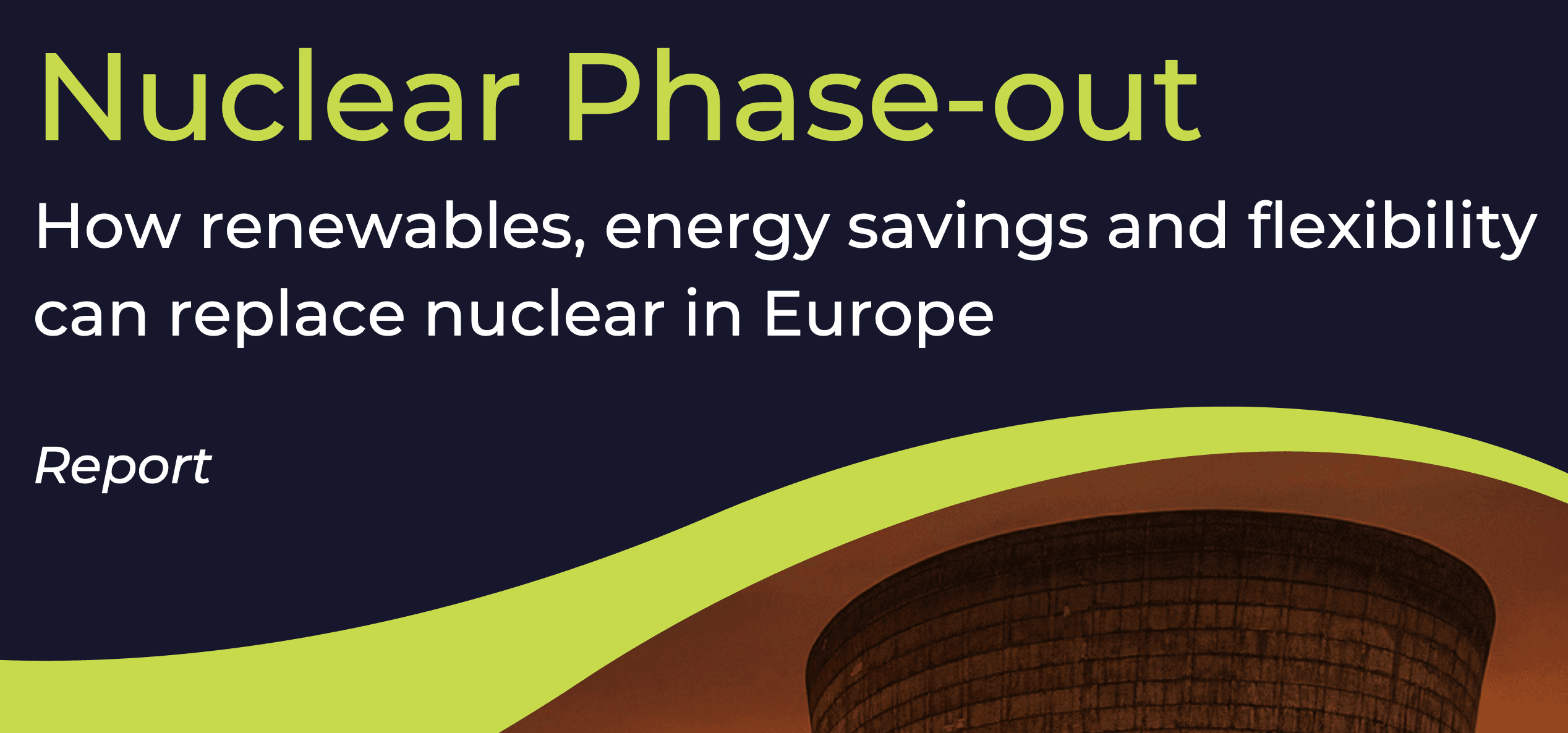Stop Pinyon Plain Mine.
Demand Shut Down Now.

Uranium Mining (re) Starts at Grand Canyon
By Leona Morgan
**For more than 80 years, the Navajo Nation has endured excessive exploitation by uranium enterprises **
— at first, to fuel nuclear weapons and later, nuclear energy — with inadequate cleanup or no cleanup at all. Due to unquantifiable deaths, health consequences, and environmental contamination, the Navajo Nation enacted laws to protect its People and Mother Earth from new uranium mining in 2005 and transport of radioactive materials in 2012.
In November 2023 at the United Nations Climate Change Conference (known as “COP” or Conference of the Parties), the United States and 21 other countries committed to triple nuclear power development by 2050 as an empty gesture toward real solutions for climate change.
COP 28 was held in the United Arab Emirates, and the President was an oil and gas executive.
In December 2023, Congress passed the National Defense Authorization Act with two major blows to uranium-impacted communities: the removal of a crucial amendment that would have expanded and extended the Radiation Exposure Compensation Act beyond the two-year band-aid fix that ends in June; and the Nuclear Fuel Security Act.
In January 2024, the price of uranium reached over $100 per pound. One of the requirements for uranium production is commodification of Mother Earth and a profitable market.
On Aug. 8, 2023, the Baaj Nwaavjo I’tah Kukveni National Monument was created around the Grand Canyon which prohibits uranium mining in nearly one million acres forever. However, due to the 1872 Mining Law, a few mines have what’s called “valid existing rights” and are grandfathered in to allow new mining within the national monument.
About half are already “mined out” and should be cleaned up. Of the remaining, two or three mines may be able to move forward with new mining.
Energy Fuels, a Canadian company, owns the Pinyon Plain uranium mine which was permitted in 1986, also known as Canyon Mine. Pinyon Plain is located a few miles from the south rim of the Grand Canyon in northern Arizona on stolen Forest Service (USFS) lands and within this new monument. Energy Fuels also owns other uranium mines and “projects,” as well as the White Mesa Mill in southeast Utah, the only operating conventional uranium mill in the country. Energy Fuels’ plan is to extract the uranium from Pinyon Plain and transport it to the mill with the majority of the route going through the Navajo Nation.
Haul No! is an Indigenous-led volunteer initiative that is working toward protection of communities around the mine, along the route, and near the mill, by working to shut down the mine. Haul No! was established in 2016 and continues to monitor the mine and spread awareness about Pinyon Plain/Canyon Mine and possible transport.
As of print, Energy Fuels has not yet started transport. The company is not obligated to inform the public or the Navajo Nation, but communicates with USFS, which has a trust responsibility to all federally recognized tribes.
Energy Fuels has not reached what is considered economically viable or “high-grade uranium ore.” With the price of uranium dropping, it is unknown when or if the company will ever have enough high-grade uranium to start transport. The route to White Mesa Mill is over 300 miles long going through several municipalities and Indigenous homelands.
**The Navajo Nation has a law against uranium mining and transport of radioactive materials, but the Nation’s sovereignty is limited. **
Because the mine is not on Navajo jurisdiction and the route is mostly on U.S. Highways, the Navajo Nation cannot stop the uranium transport. Less than a mile of the route is on City of Flagstaff streets, but even Flagstaff cannot stop transport.
Because Energy Fuels is not required to share information with the general public, and due to the lack of oversight by the USFS and Arizona Department of Environmental Quality (ADEQ), Haul No! visits the mine weekly and is working to inform as many communities as possible in Northern Arizona, reporting to Indigenous communities in person. On multiple occasions, Haul No! has photographed violations by Energy Fuels at the mine and on the route with no repercussions to the company. Haul No! cannot trust the USFS, ADEQ, the colonial governments, or even the Navajo Nation government to regulate or hold the company accountable at the site, along the transport route, and at the mill.
**Currently, Haul No! is working to encourage local governments, such as Navajo Nation chapters and Arizona municipalities, to pass resolutions opposing the mine and demanding immediate closure by Arizona governor Katie Hobbs. **
As of print, there are at least five new resolutions from Navajo Nation entities and the Coconino County Board of Supervisors. These resolutions are new, but opposition to the mine has been strong since the permitting process in the 80s.
The Grand Canyon national monument is a federal failure. Anyone who has appreciation for the Canyon, for water, and for life altogether can help to put pressure on Governor Hobbs, U.S. Secretary of Agriculture Tom Vilsack, and President Biden by informing them and demanding that this 1872 loophole be closed.
Due to circumstances of climate, uranium pricing, and geopolitics, the current political and economical landscapes lend themselves to a possible new wave of uranium extraction and processing, a 21st century uranium boom. Haul No! intends to stop the pin prick that is Pinyon Plain. Haul No! did not support the national monument, but stands strong in its support for the Havasupai Nation’s continued fight against the mine and the Ute Mountain Ute Nation’s fight against the mill.
Haul No! will continue monitoring, spreading awareness, and working toward an end to nuclear colonialism.
For more information visit or follow Haul No!’s social media.
Leona Morgan (she/her) is a Diné organizer and graduate student based in Albuquerque, New Mexico, USA.


